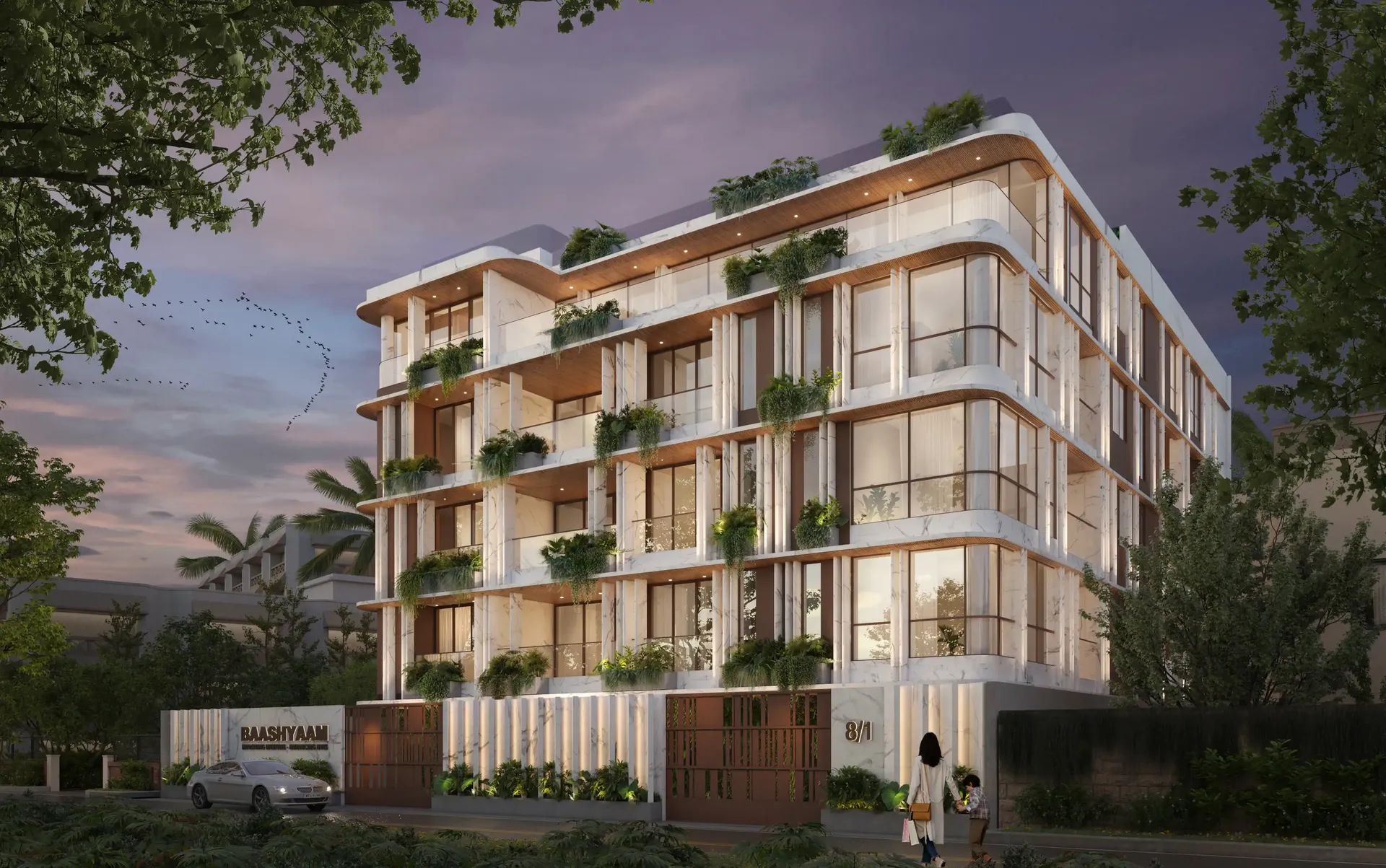When Music Defines Your Space
Keep reading to find out how you can use sound to curate a more inviting and productive space.
Just like curated decor can elevate your home, being intentional about the sounds you choose to embrace in your space can help turn it into a sanctuary. Ambient music is a style of gentle, largely electronic instrumental music with no persistent beat, used to create or enhance a mood or atmosphere. All music with atmosphere and ambiance share one thing in common: the sounds help create a sense of space for the listener with tools like sound design, panning techniques, reverb, and more.
Use & Purpose
Ambient music is not like pop music. It does not want the spotlight, or to conscript your body and mind. Instead, it aims to transform and divide your attention in more subtle ways. The purpose of what we broadly call ambient has evolved and changed as classical, minimalist avant-garde, and electronic musicians have penned compositions for very different audiences. But no matter the intent, or where we draw the genre boundaries, all kinds of atmospheric, instrumental music have the therapeutic power not only to reduce anxiety but also to ease pain in surgical patients and reduce agitation in those suffering from dementia.
Studies have shown that listening to ambient music to help you sleep works. However, the key is finding music that is the exact opposite of what you usually listen to. For music to help you sleep it must make you disengage, not keep you interested. The sort of music that you normally listen to throughout the day will keep your mind active and keep you awake, versus music you never heard before.
For better sleep, keep the following in mind:
- When choosing ambient music to fall asleep to, look for similar rhythms, beats, and volumes, so one song fades into the next and your brain will not be jarred by any significant changes.
- Keep your playback device at a distance and use a volume leveler if your device has one. This will keep you from wanting to constantly adjust the volume or find another track.
- Limit the length of your playlist so it doesn’t run too long or set a timer so it shuts off automatically. This will reduce the risk the chances of waking up once after you’ve fallen asleep.
Setting up Ambient Music for You Space
1. Define the Space
Let’s start with defining the type of ambiance you wish to create. There are several approaches for creating or even just thinking about, the atmosphere in music. It helps to have a good idea of what flavor of ambiance you’re hoping to achieve before you begin. So, ask yourself, what sort of atmosphere do you wish to create?
To answer this question, it helps to envision the space you want your track to be living in. After all, the purpose of creating ambiance in your music is to transport listeners to another place, whether that place is real or imagined. So, close your eyes and visualize where you want your song to exist. Do you picture a grungy warehouse or a lavish concert hall? Maybe your song takes place on the edge of a canyon cliff or deep in outer space. Or, perhaps you envision somewhere more abstract, like inside a fur-lined submarine. You get the idea.
Beginning to visualize the environment you want your music to live in is the first step to being able to create the right atmosphere for it. Once you have a clear idea of the space your song will exist in, you can let this information guide your decisions.
If you have specific audio zones in mind, a professional can set up the sound system so that it works most optimally in those specific locations.
2. Eliminate Unwanted Noise by Soundproofing
Uninvited noise — such as the sound of traffic or construction, or chatter from the next room — can affect your mood and decrease concentration. Sound can have a huge impact on your experience in a particular space and soundproofing lets you remove noise that you don't want to make room for the sounds that you do.
Minimize unwanted noises by adding soft, sound-absorbing items such as rugs, upholstered furniture, fabric wall hangings, bathmats, and shower curtains. You can also invest in soundproof windows or white-noise machines. Especially in the bedroom, crafting a beautiful auditory environment may start with eliminating harsh sounds.
3. Mix Ambient and Intentional Sounds
Sound is a powerful healing tool and an accessible and drug-free way to change your mood and improve your well-being. Allowing natural sounds to drift into your living room from an open window can have a centering, grounding effect in what may normally be a chaotic space.
Nature sounds, even pre-recorded ones, have calming properties and make most people feel happier. Singing or humming produces beneficial vibrations in the body that may relieve stress, and most people are comforted by their voices. Musical and auditory instruments can help you connect with sound more deeply, so you may also want to experiment with tools such as tuning forks, crystal bowls, or Tibetan singing bowls in your living room. We also recommend gentle, passive tools such as wooden Koshi chimes, which emit peaceful tones when stirred by people or the wind.
Playing soft tones or mantras — rhythmic chants used to promote peace, harmonize the mind and body, and connect with the spirit — in the background can give your bedroom a sense of peace. One option is to combine ambient sounds with other types of audio, like some relaxing music. If you’re unsure what type of music to try, searching for “ambient music” on YouTube or Spotify is a good place to start.
4. What 'Genre' Best Defines Your Space?
When talking about music, “atmospheric” can be somewhat of an ambiguous term. Some people use it to describe the lush, sonic landscapes created by artists like Brian Eno and Jon Hopkins. Others may say that music by post-rock bands like Mogwai, or Hans Zimmer’s soundtrack for Interstellar has a lot of ‘atmosphere’. A great example of how ambient music uses a variety of sounds and mixing techniques to bring the listener into the atmosphere of a sonic space is "Piano Aqueiu" by Stars of the Lid.
Ambient sounds can also be beneficial in children's spaces. Sounds that evoke a sense of wonder can help fill children's spaces with creativity and joy. Ethereal and cosmic sounds will work as most kids seem to appreciate the sound of chimes or ambient music with a spacey feel. The natural sounds of playtime can also generate a positive vibe throughout at home.
Up Next
Top Construction Innovations That Make Homes Last for Generations
A home is often the most significant investment in a person’s life, and for many, it’s not just about creating a living space for today but building a legacy for tomorrow. The good news is that modern construction has advanced far beyond traditional brick and mortar. Today, innovative materials and techniques are making homes stronger, more sustainable, and more resilient—built not just for decades, but for generations to come.
Discover a Self-Contained World: Inside Chennai’s Most Thoughtfully Planned Township
A self-contained epic lifestyle with smartly curated living experiences — that’s what this momentous development in Koyambedu brings to Chennai’s real estate landscape. Rarely do we see something that truly reimagines aspirational residential living and commercial spaces. For years, large-scale home communities and townships have been defined through a narrow lens. Now, this project from Baashyaam, true to its philosophy of “Improving Lifestyles – Enhancing Lives”, is changing the narrative and setting new benchmarks.





